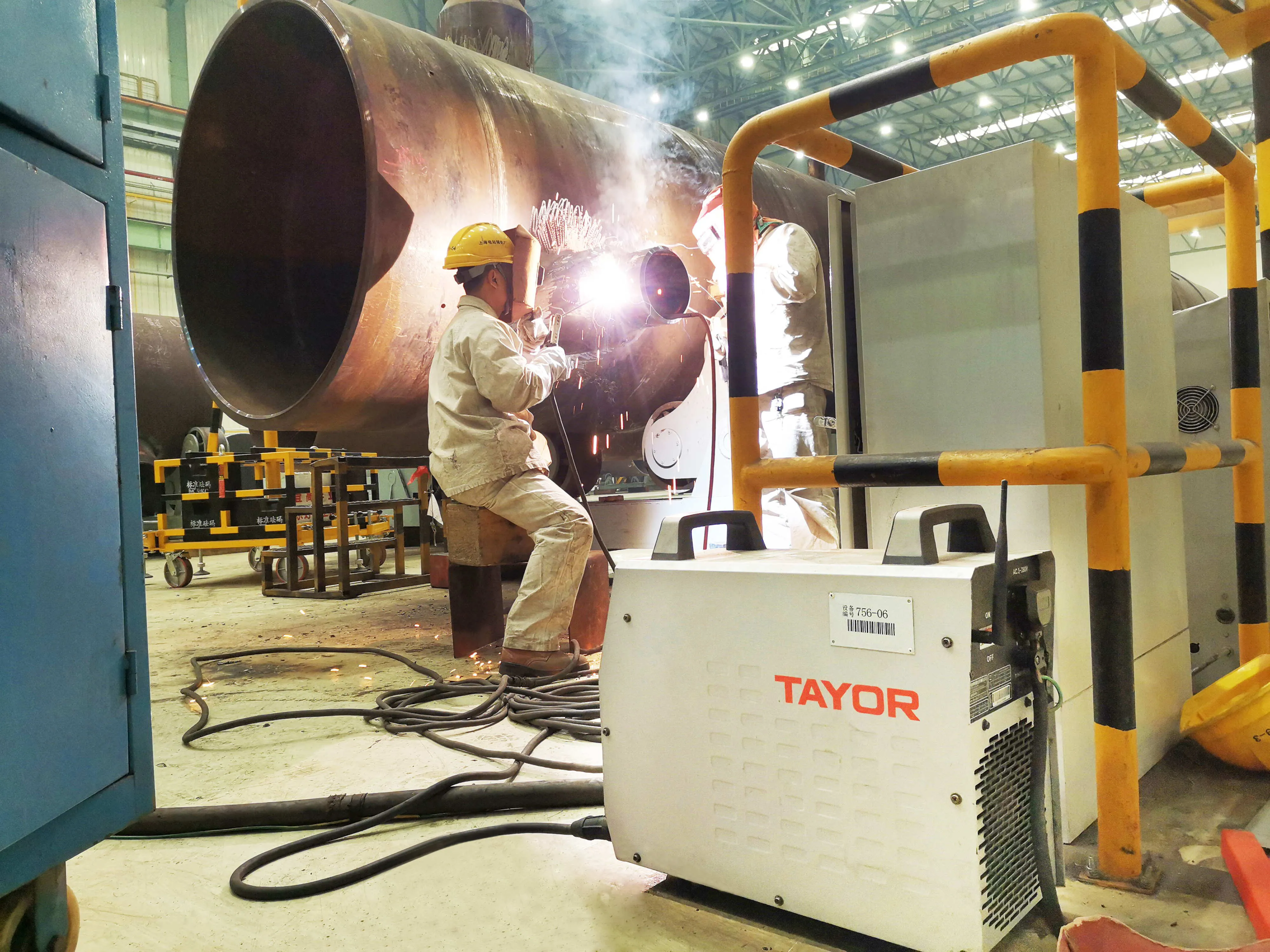 export@ezsteelpipe.com
export@ezsteelpipe.com +86 731 8870 6116
+86 731 8870 6116

Finned tubes are widely used in heat transfer equipment such as heat exchangers, air coolers, boilers, and economizers to enhance heat transfer efficiency. The combination of base tube and fin materials depends on the application, corrosion resistance, thermal conductivity, and cost requirements. Below are the most popular types of finned tubes and their main production processes.

Finned tubes are widely used in heat transfer equipment such as heat exchangers, air coolers, boilers, and economizers to enhance heat transfer efficiency. The combination of base tube and fin materials depends on the application, corrosion resistance, thermal conductivity, and cost requirements. Below are the most popular types of finned tubes and their main production processes.
---
(1) Extruded Finned Tubes (Integral Finned Tubes)
- Base Tube Material: Carbon steel, stainless steel, copper, or alloy steel.
- Fin Material: Aluminum (most common), copper, or the same as the base tube.
- Features:
- High mechanical strength and corrosion resistance.
- Excellent heat transfer performance due to metallurgical bonding.
- Commonly used in high-temperature and high-pressure applications (e.g., boilers, petrochemical industries).
- Production Process:
- Aluminum or copper fins are extruded from the base tube using a rolling or cold-forming process.
(2) Embedded Finned Tubes (G-Finned Tubes)
- Base Tube Material: Carbon steel, stainless steel, or alloy steel.
- Fin Material: Aluminum or copper.
- Features:
- Fins are mechanically embedded into grooves on the tube surface.
- Good heat transfer and vibration resistance.
- Used in air coolers, HVAC systems, and power plants.
- Production Process:
- A strip of fin material is wound into pre-cut grooves on the tube and secured by mechanical pressure.
(3) High-Frequency Welded Finned Tubes
- Base Tube Material: Carbon steel, stainless steel, or alloy steel.
- Fin Material: Carbon steel, stainless steel, or aluminum.
- Features:
- Strong bond between fin and tube due to welding.
- Suitable for high-temperature and corrosive environments.
- Used in economizers, waste heat recovery, and industrial heaters.
- Production Process:
- A steel strip is continuously welded to the tube using high-frequency induction welding.
(4) L-Finned Tubes (Wound Finned Tubes)
- Base Tube Material: Carbon steel, stainless steel, or copper.
- Fin Material: Aluminum, copper, or carbon steel.
- Features:
- Simple manufacturing process, cost-effective.
- Lower mechanical strength compared to extruded or welded fins.
- Used in air preheaters, condensers, and low-pressure applications.
- Production Process:
- A metal strip is helically wound around the tube and bonded using adhesive or thermal expansion.
(5) Studded Finned Tubes
- Base Tube Material: Carbon steel or alloy steel.
- Fin Material: Same as the base tube (studs are welded on).
- Features:
- Used in fluidized bed boilers and abrasive environments.
- Provides extended surface area and erosion resistance.
- Production Process:
- Studs are resistance-welded onto the tube surface in a grid pattern.
---
(1) Extrusion (for Extruded Fins)
- A tube is fed into a machine where fins are formed by rolling or pressing.
- Aluminum fins are commonly extruded due to their ductility.
(2) High-Frequency Welding (for Welded Fins)
- A fin strip is welded onto the tube using an electric current, ensuring a strong bond.
(3) Mechanical Bonding (for L-Finned & Embedded Fins)
- Fins are wound around the tube and secured via tension, adhesive, or groove locking.
(4) Resistance Welding (for Studded Fins)
- Studs are welded onto the tube using electric resistance heating.
---
- High-Temperature/High-Pressure: Extruded or welded fins (alloy steel/stainless steel).
- Corrosive Environments: Stainless steel base with aluminum/copper fins.
- Cost-Effective Solutions: L-finned or embedded fins with carbon steel/aluminum.
- Abrasive Conditions: Studded finned tubes.
Would you like to know more details on a specific type or application?

 Related Products
Related Products